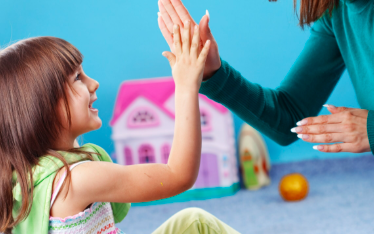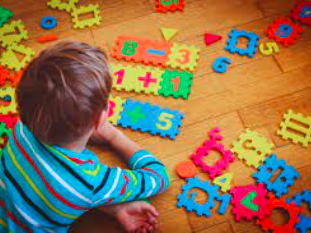Positive reinforcement is a key strategy in early childhood education that encourages children to develop healthy behaviors, strong social skills, and a love for learning. When used thoughtfully, it helps create a nurturing classroom environment where young learners feel supported, motivated, and confident in their abilities.
What Is Positive Reinforcement?
Positive reinforcement involves recognizing and rewarding desirable behaviors to increase the likelihood that those behaviors will be repeated. In an early learning setting, this could include verbal praise, stickers, extra playtime, or a simple high-five. The goal is to affirm a child’s efforts and help them understand which actions are valued and appropriate.
Why It Matters in Early Education
Early childhood is a critical period for emotional, social, and cognitive growth. Positive reinforcement helps children build self-esteem and encourages a growth mindset. When educators acknowledge effort and progress, children are more likely to stay engaged, take initiative, and develop resilience in the face of challenges.
Practical Ways to Use Positive Reinforcement in the Classroom
-
Offer Specific Praise: Instead of saying “Good job,” try “I really like how you shared the blocks with your friend.” This reinforces the exact behavior you want to encourage.
-
Use Visual Rewards: Charts, tokens, and sticker systems can provide tangible recognition for consistent positive behavior.
-
Celebrate Small Wins: Acknowledging even small improvements helps children stay motivated and see the value in trying their best.
-
Encourage Peer Recognition: Allow children to compliment each other’s efforts. This builds a supportive community and reinforces social skills.
-
Create a Positive Routine: Start each day by setting a friendly tone with morning greetings, songs, or encouraging words. This routine can foster a sense of safety and belonging.
Benefits for Children and Educators
Children who experience consistent positive reinforcement are more likely to:
-
Feel confident in expressing themselves
-
Cooperate with peers and teachers
-
Stay focused on learning tasks
-
Develop emotional regulation skills
For educators, using positive reinforcement creates a more harmonious classroom atmosphere. It reduces the need for discipline and helps build trusting relationships with students.
Conclusion
Positive reinforcement is more than just praise—it’s a powerful teaching tool that shapes children’s behavior and mindset. By focusing on encouragement and celebration of effort, educators can foster a joyful and productive early learning environment that supports every child’s development.


